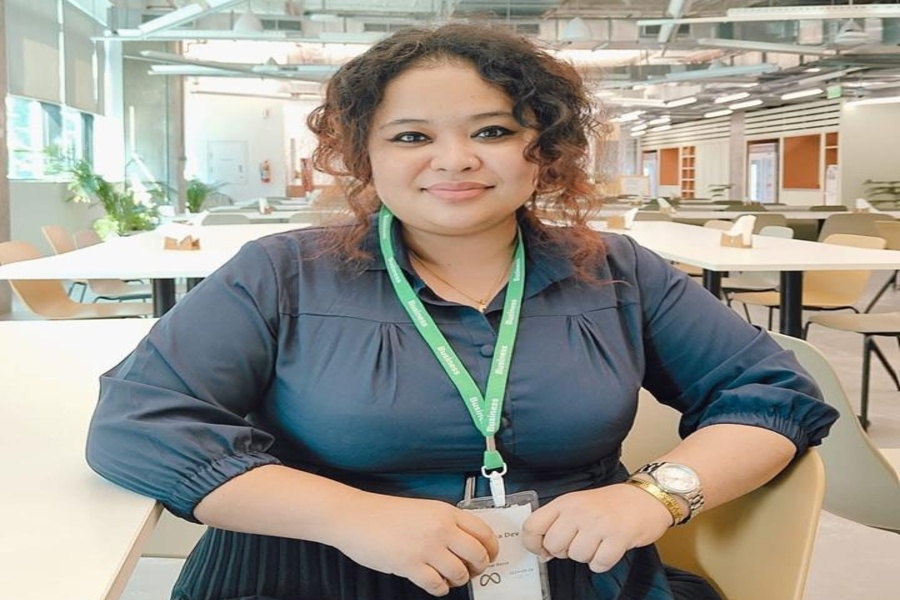They say fire is a good servant but a bad master. It would be no exaggeration to say that OpenAI’s ChatGPT is the new fire that is engulfing the world even as I write.
A cursory look at articles carried by leading newspapers like The Economic Times and the Guardian,and one is instantly struck by the magnitude of the bot. Released on 30thNovember 2022, ChatGPT is still in its infancy and yet according to an article carried by The Economic Times in its 24th July issue this year, Google’smarket share in searches fell below 90% for the first time in decades, thanks to ChatGPT.
From shaping human language in day to day conversations to shaping the future of economies, it surely is the next big thing.
It looks like ChatGPT has got it all together. From answering queries on income tax to being the agony aunt in times of heartbreak, there is no topic on earth which it could not answer. Indeed, not only newspaper articles but recent research on it confirms that people from every generation and all walks of life are becoming increasingly dependent on it, to the extent that it has become the virtual “friend” of many lonely teenagers.
A peculiar feature of the bot is its self learning capacity from human interactions so that overtime its tone is becoming increasingly human-like and personalized to every user. Interestingly, the basic version is free (of course, there is no thing as a free lunch in reality) which makes it obvious why it receives 2.5 billion prompts everyday.
No doubt, ChatGPT is user friendly and helpful with many day to day tasks that save valuable time, which is why it is popular. But, the problem starts when we overestimate its capabilities or do not know its potential dangers. Among many potential dangers such as concerns over data privacy, malware, phishing and even mental health related issues, I believe the main threats could be identified in three areas summed up as three Cs- Critical thinking, Creativity and Collaboration, all of which are tied to the education sector at its roots.
According to AIPRM report 2024, the most common use of ChatGPT globally is in the technical sector closely followed by the education sector,and it is exactly here that it has been drawing a lot of controversy.
Some uses of ChatGPT in education are innocuous such as searching for information, writing a first draft or even paraphrasing- the last one being useful for students who have received education in vernacular dialects. However, since ChatGPT answers in real time and draws its knowledge from a vast pool, it is being often used to substitute student effort towards critical thinking, creativity and opportunities for collaboration.
For the student unaware of its pitfalls, it appears like a magical way to submit assignments of “high quality” especially when squeezed for time. In a way, the bot defeats the very purpose of the assignments whether research based or otherwise- that is to develop the ability of the student to assimilate and objectively evaluate information. Moreover, by reducing the need for critical thinking it stifles creativity as students lack the motivation to find novel solutions that they could have come up with if not presented with the readymade foolproof solutions. At the same time, it is also true that it could push students towards working alone (with the help of the bot) and reduce human connections by bypassing the need for interaction with teachers and peers.
I believe, like with all other technologies, we cannot but accept that this generative AI- ChatGPT is here to stay unless it is replaced by some better alternative. Though some countries and educational institutions have taken the step to ban its use, it cannot be a long term solution. So, what could be the way out? How do we ensure that the present day students and the future generations to come do not lose the critical abilities of deep analytical thinking and creativity- the eternal source of evolution of the human race?
It will not be particularly surprising to readers that theresponsibility, even it partly, now lies with teachers. It could begin by acknowledging the presence of ChatGPT inside the classroom. Instead of trying to hide it behind curtains, it should be brought out in full light with the objective of explicitly addressing its pros and cons. The starting point could be imparting knowledge on the ethical use of AI – the Dos and Don’ts- something that leading publishing houses have already accomplished. This step would ensure that students use technology with responsibility.
If we actually think about it, the content generated by ChatGPT could be used as a starting point for discussions in class, of course after fact checking by the teacher. The focus here would shift to higher order learning outcomes. This would help in engaging the student with the generated text in a more meaningful way so as to encourage critical and creative thinking. These exercises could also be given in groups and various interesting exercises could be centred on it, for instance debates for and against the ChatGPT generated solutions.
Finally, AI nudges the teacher to bring in considerable changes in student assessment- from text based assignments to knowledge testing through application of ideas through small scale projects based on the ideas. Such a new environment would also benefit from a shift away from just term end assessments to continuous assessment through methods such as peer learning, class presentations and self assessment even through open book exams. What is more these are well aligned with the goals set in NEP 2020. As Abraham Lincoln famously said “Do I not destroy my enemies when I make them my friends?”
The views expressed here are personal and do not reflect the views of the organisation or associated parties with which the author is connected.







